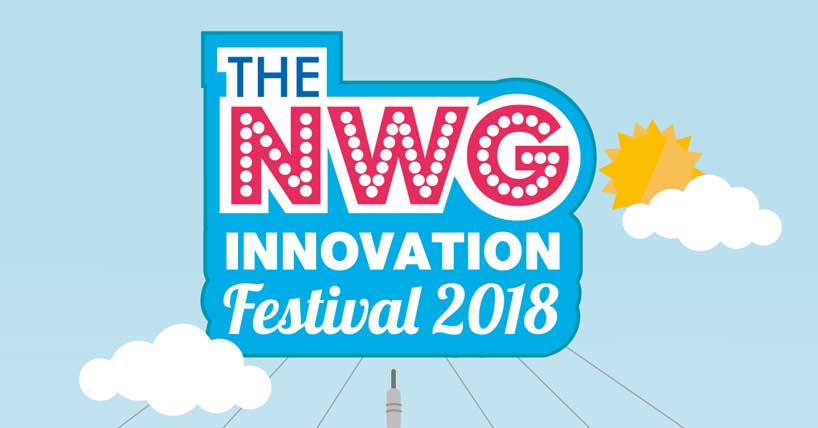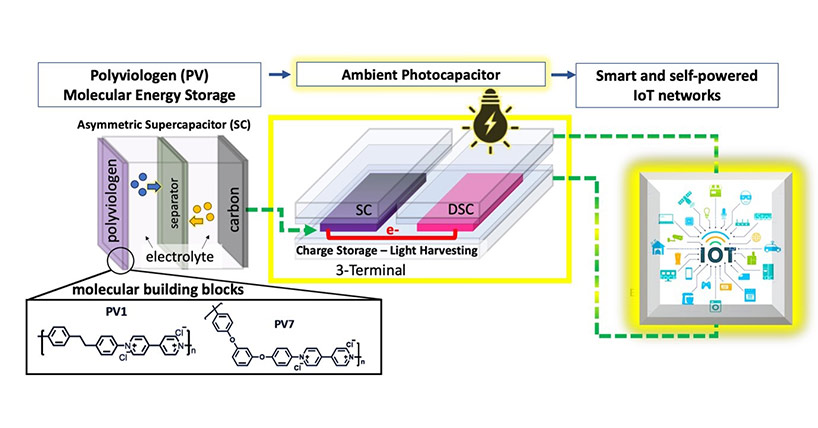Digital twins
Testing the water
Published on: 13 June 2018
Removing the risk with 'digital twin' technology.
Digital twin technology is very much at the cutting-edge of innovation.
Although it's been around for a number of years (NASA were using it back in the 70s), the technology is now evolving quickly, thanks to advances in cloud computing and sensors and we are now at the point where we can explore its full potential.
Simply put, a digital twin is a virtual model of the real world, combining a digital description with performance data to give you something that you can test in lots of different scenarios.
Whether it's a product, process, system or service - a ‘digital twin' is created and operational data laid on top to test it and simulate what would happen to it in different conditions.

Improving outcomes in the real world
So in NASA's case they couldn't always just send their rockets and ships up into space to test, they needed to create digital twins of the spaceships here on earth and simulate space conditions to see what happened to their builds in a safe environment.
This technology becomes very interesting, and valuable, to infrastructure companies and innovative businesses when you apply it to networks and assets - i.e. water pipes and pumping stations - as you have the ability to test a variety of potential changes under all kinds of conditions.
And that's just what is being explored at the Northumbrian Water's Innovation Festival this year.
A team of innovation leaders, led by Newcastle University, will spend five days exploring the concept and coming up with ways to use and enhance a digital twin to help improve outcomes for real world customers and the environment.
Twinning of virtual and physical worlds
Newcastle University's Chris Kilsby, Professor of Hydrology and Climate Change in the School of Engineering, said:
"We have reached a very exciting place in our research, with several new developments coming together at just the right time. Our Urban Observatory is delivering the largest set of publicly available real time urban data in the UK. We are using this data, and other hydrological measurements, in a new generation of simulation models of cities, water infrastructure and rivers, and all of this is only possible with our new Big Data and Cloud technologies.
"We are delighted to be working with Northumbrian Water on the Digital Twin technology - this is the ideal real world application for our research - it's not just for the laboratory!"
Northumbrian Water's Research and Development Manager Chris Jones said: "If we can harness and adapt this Digital Twin technology and get it to work for us in the water industry then it changes the game completely.
"The twinning of the virtual and physical worlds allows analysis of data and for systems to be tested before a brick is laid or a hole is dug. We'll be able to identify problems before they happen and it'll massively help us in making better decisions, plan for the future, and will lead to lots of brand new opportunities.
"I'm extremely excited about our sprint and couldn't ask for a better lead than Newcastle University, I'm really looking forward to getting down to work."
To find out more about the festival and what the ‘Digital Twins' sprint team comes up with visit www.innovationfestival.org



